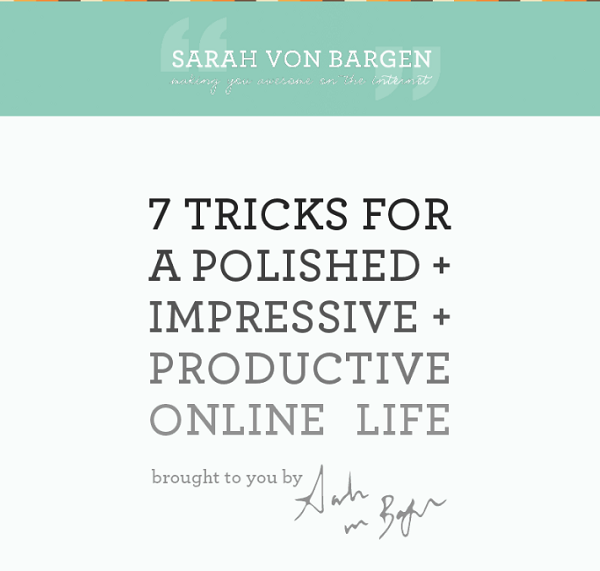
This guest post comes to us via Maria Ross, chief brand strategist and creator of Red Slice, a digital elixir of stories and strategies to boost your business, your brand, and your brain.
“Did you hear about So-and-so? They just launched a new line and it sold out in a day. Yes, really! And if anybody deserves it it’s her. I love her stuff. Did you know it’s all made in America? Truth. Also: her dresses make me look capital h HOT. “
Obviously, you want your customers talking about you + your products. And it would be great if they were saying exactly The Right Things. While you can’t control the words that come out of your clients’ mouths, you can make it much more likely that they’re saying good things if you create a customer script.
Oh, you didn’t know they needed one?
If brand is all about reputation, than nothing beats it when that reputation spreads organically through word of mouth. You can’t be all places at once, so it pays to turn your customers into your own private evangelist army.
Many big brands revel in the fact that customers love them so much, those fans will generate content on their own accord – without pay – that promotes the company. Virgin America enjoys YouTube videos created by their happy passengers. Local businesses love seeing hundreds of stellar Yelp reviews from fans.
But you also want those messages to highlight the right things for your brand. Meaning, you have to give your customers a script – or the main talking points – so that the messages they spread are aligned with the ones you want out in the world. Do you want people to talk about your low prices or your artisan craftsmanship? Do you want the first thing they talk about to be your generous return policy or your quirky and fun email newsletter?
What do you want to be known for? What is most important? One way to ensure customers know the script is to ensure that YOU do.
1) Know your benefits
I work with clients to build brand strategies and messaging platforms. Messaging platforms are internal tools designed to keep all your marketing on script for the three main messages you want to communicate about your brand. Make sure you’re crystal clear in your communications about your top three benefits, rather than rattling off a laundry list no one can possibly remember.
2) Know your differentiators
Make sure people understand why you’re different - and more importantly - better than your competition. Call out the competition if you’re strong where they’re weak. Connect the dots for people - don’t just assume they’ll figure it out for themselves. You know your business intimately and may think something is common knowledge, but people might not know you offer a free trial or donate 10% of your proceeds to the ASPCA. Choose your key differentiators wisely and try to map them to your mission or benefits when you can.
3) Know your brand voice
How does your company “talk?” Are you formal and elegant? Are you sassy and slangy? Whatever voice you choose, ensure that it’s authentic, attracts your target audience, and that you use it consistently. If they are not sure what to make of you, they won’t be able to describe you well to others.
Think about a conversation between a customer and a friend. What do you want them to say about you? What do you want the headline to be? Craft your messaging to ensure your top benefits are conveyed everywhere - your website, presentations, social media, ads. This way, you’re arming your customers with the right script to share with others.
In order to control the external message as much as you can, you need to clarify the message internally first. Don’t just hope your customers will say the right things. Craft your messaging platform based on your brand and your authentic strengths and then bang the drum around those main messages over and over again. Pretty soon, your customers will know the script by heart.
Maria’s just unveiled a killer Indie Brand Bootcamp that helps you create an irresistible brand so you attract more of the right people with less wasted effort. Use code YESPLEASE for an additional $50 off.






















